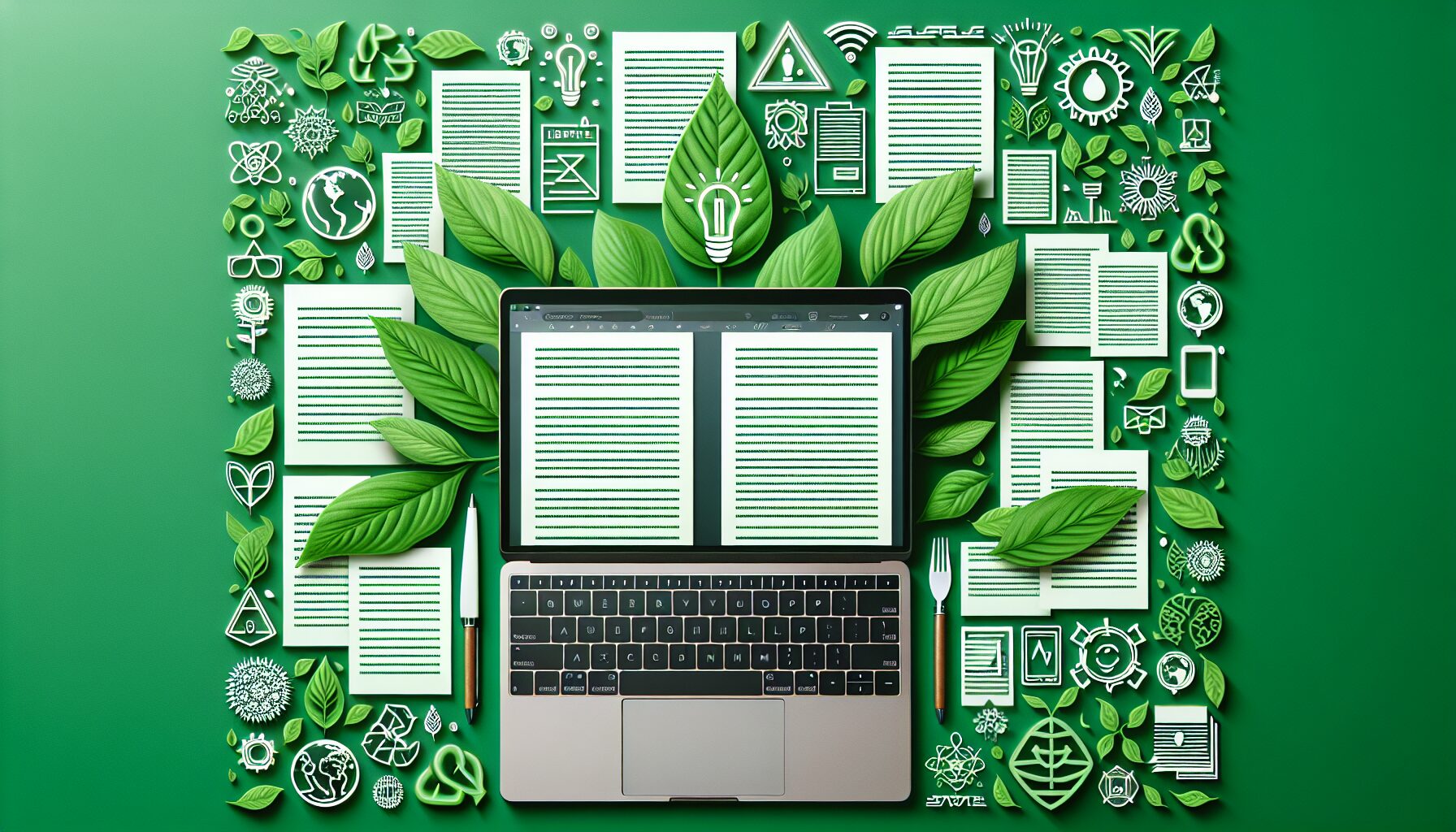The Rise of Automated Content Creation in WordPress
Over the past decade, WordPress has evolved from a simple blogging platform into a powerful content management system powering millions of websites worldwide. With the surge in digital content demand, manually creating posts and pages can be time-consuming and resource-intensive. Enter automated content generation — a technology that uses AI and algorithmic tools to create content with minimal human intervention.
Automated WordPress content generation ranges from simple post templating and keyword insertion to sophisticated AI-driven article creation, capable of producing nuanced and engaging copy. This shift is not just about convenience; it is revolutionising how content creators, marketers, and businesses approach web publishing. Instead of spending hours drafting articles, they can automate routine or bulk content needs, freeing up human creativity for higher-value tasks.
However, the rise of automation has raised concerns about originality, quality, and ethical use. The key lies in balancing automation with editorial oversight, ensuring content remains relevant and valuable to readers. As AI models improve, the potential to generate well-researched, SEO-friendly, and contextually appropriate WordPress posts continues to grow.
Eco-Friendly Possibilities of Automated Content
Beyond convenience and efficiency, one of the lesser-discussed benefits of automatically generated WordPress content is its potential environmental impact. Traditionally, creating large volumes of digital content involved significant human labour, often necessitating extensive energy use through computing resources, office infrastructure, and travel.
Automated content generation can reduce this carbon footprint by minimising the need for physical resources and human commuting. AI-powered content tools operate on data centres that are increasingly powered by renewable energy sources. Moreover, by streamlining workflows, these tools help reduce redundant editing cycles and unnecessary digital storage demands.
Another interesting angle is that automated content can aid in creating awareness about sustainability topics rapidly and at scale. For example, organisations can quickly generate educational articles on climate change or eco-friendly practices without extensive writer involvement, accelerating the spread of green knowledge online.
In summary, while automated content creation consumes energy through cloud computing, when optimised properly it represents a step toward more sustainable digital content production compared to traditional methods.
Balancing Quality and Sustainability in Automated WordPress Content
The quest to integrate eco-friendliness with automated WordPress content generation does come with challenges. One major concern is ensuring that the content produced maintains high quality and relevance. Poorly generated articles risk wasting digital resources by failing to engage readers or requiring repeated edits.
To strike a balance, many developers advocate for hybrid approaches where AI tools generate first drafts that human editors refine. This reduces manual effort without sacrificing quality. Additionally, using AI models trained on diverse, authoritative datasets helps improve accuracy and reduce misinformation.
From a sustainability perspective, website owners can further minimise environmental impact by optimising their hosting solutions for energy efficiency and employing caching techniques to reduce server load. Combining smart hosting choices with automated content tools creates a holistic strategy for greener digital publishing.
Ultimately, embracing automation with a conscientious approach ensures that WordPress sites remain both user-friendly and environmentally responsible.
Looking Ahead: The Future of Automated Content in an Eco-Conscious World
As we move deeper into the 2020s, the intersection of automation and environmental consciousness will become increasingly important for digital publishers. Advances in AI will continue to enhance the sophistication of automatically generated WordPress content — making it more indistinguishable from human writing while improving relevance and engagement.
At the same time, pressure from users and regulators to reduce carbon emissions will push developers to innovate greener AI infrastructures and more efficient algorithms. This means future automated content systems could dynamically adjust their computational intensity based on environmental factors or user preferences.
Furthermore, the proliferation of automated content has the potential to democratise knowledge sharing on sustainability topics worldwide, breaking down language and resource barriers at scale. As automation integrates with renewable-energy-powered cloud platforms, the combined effect could significantly lower the ecological footprint of global digital communication.
In conclusion, automatically generated WordPress content stands at a promising crossroads: an opportunity to enhance productivity while contributing positively to environmental goals if approached thoughtfully.
Notes
- AI-generated content can reduce content production time by up to 70%.
- Data centres increasingly use renewable energy sources—some large providers aim for 100% renewable power.
- Hybrid human-AI editing approaches improve content quality by up to 40% compared to fully automated drafts.
- Digital content production accounts for approximately 1.6% of global greenhouse gas emissions.
- Optimised hosting and caching can reduce server energy consumption by up to 50%.

